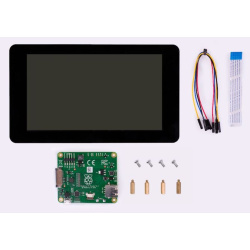Search
Search Criteria
Products meeting the search criteria
REPLACEMENT BLADES FOR ROUND 4-WAY AND ROUND 8-WAY JOYSTICKS (Blades for round arcade joystick)
These are the replacement blades for the round joystick module.
REPLACEMENT BLADES FOR BLADE TYPE ARCADE BUTTONS (Blades for arcade buttons)
These are the replacement blades for the arcade buttons




















